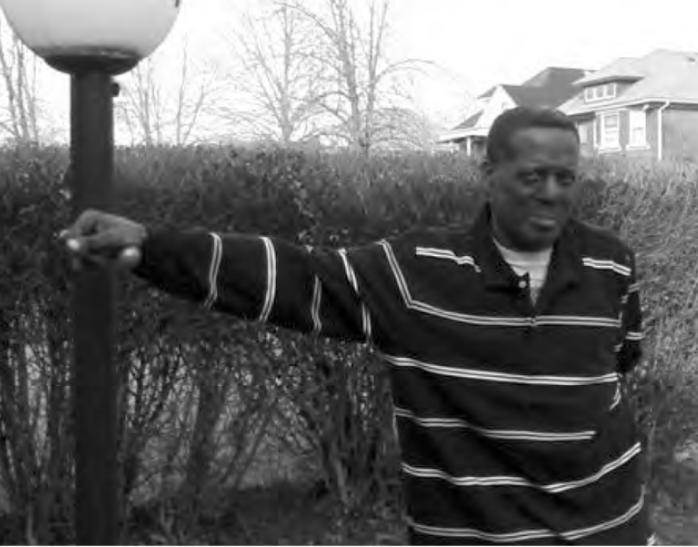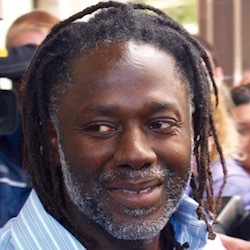Police Violence
All Police Incidents by Race (1978-1981)
All Police Incidents by Income (1978-1981)
Patterns of Police Violence:
Several clear patterns of police violence emerge in the many cases that occurred between 1978 and 1981. Among the most prominent of these is the high frequency of violence committed by off-duty officers. During most of the four year period, police officers were required to carry firearms with them even when off duty. This requirement likely played a major role in the escalation of conflicts involving off-duty officers that could have been resolved without firing a weapon. In 1978 alone, at least 6 of the 12 cases of police violence and misconduct identified through our research involved off-duty police officers. These cases were diverse, ranging from the shooting of a man who was firing a gun at a group of kids by an off-duty police officer, to the vendetta-motivated shooting of a postal worker by an off-duty officer. Despite varying circumstances, it is clear that many cases of police violence were the result of armed, off-duty police officers interacting with people in their own neighborhoods and even their own apartment buildings.
Another important pattern within the police incidents was that minor traffic stops were often starting points for police interactions that escalated into violence. It was relatively common for small infractions such as speeding, running a red light, or even being parked in front of a fire hydrant, to lead to extreme acts of violence against citizens. In multiple cases people running away from the police after being stopped for minor crimes were shot and killed. In one similar incident instead of being shot a man who ran after the police approached him for being parked in front of a fire hydrant was beaten to death. These acts of police violence are especially shocking because the laws that form the basis of the interactions are meant to protect the safety of the citizens of Detroit. Their violent enforcement, however, often achieved the opposite.
Using digital mapping of these incidents it is possible to further analyze trend in police violence on the basis of racial and class divisions within the city of Detroit. In the maps displayed at the top of this page, a relatively clear pattern in the location of these incidents emerges. Many of the acts of police violence and misconduct that we found for our time period took place near the borders between African-American and White concentrated neighborhoods. Higher concentrations of incidents are also found when mapped against poverty levels in different areas of the city during the period. While there are multiple possible explanations for these trends, one possibility is that policing in Detroit was spacialized. In other words, the function of policing in Detroit was to "protect" white, higher class areas from the perceived threat of criminality that was assumed to originate in poorer, non-white areas. It is difficult to determine with certainty the extent to which the functions of policing were spacialized along race and class lines. It is also difficult to determine whether these patterns originate in systemic policies or the biased actions of individual officers. These questions are hard to answer, in part due to archival silences which prevent us from knowing the exact nature of all of the incidents of police violence and misconduct that occurred in the late 70’s and early 80’s.
Another reasonable interpretation of the mapping of incidents is that the visible patterns relate less to how policing was happening but how incidents of misconduct were being reported. Almost all of the incidents we identified were from historical newspapers or archival sources. These sources are inherently biased and only reveal a small fraction of the total amount of police incidents that occurred during the time period. The fact that these sources are biased could explain why many of the incidents we located are on the borders between predominantly white/black and poorer/wealthier neighborhoods. Perhaps these patterns reflect whos voices made it into the historical record as opposed to who was actually being affected the most by policing.
Wrongful Convictions and Exonerations
Wrongful convictions are not commonly thought of as violence. Yet it is hard to come up with a better word to describe the processes of forcefully taking an innocent person away from their life and loved ones, putting them into a confined space, and stripping them of nearly every conceivable right and freedom. Moreover, carceral spaces such as jails and prisons are notorious for their high rates of physical, emotional, and sexual abuse. The stories of exonerated individuals are thus an important part of the broader patterns of police violence and carceral violence that this digital exhibit seeks to document.
Although comprehensive data on wrongful convictions is nearly impossible to obtain, the National Registry of Exonerations has made an effort to document as many cases as possible of wrongfully convicted individuals who have since been legally exonerated. This data, despite being incomplete, can provide a glimpse into patterns of wrongful convictions in Detroit. There are two known cases of individuals wrongfully convicted for crimes committed between 1978 and 1981 who have since been legally exonerated. Those cases are detailed below:
Dwight Love (Black, Male, 21 at time of conviction) was wrongfully convicted of first-degree murder and several other charges stemming from the killing of James Connelly during an alleged robbery. The charges and conviction were based on descriptions of the incident made by Van David Nolf, who was with Connelly when the robbery occurred. Nolf originally identified Love during a photograph line-up arranged by police, in which Love was included only because he lived near the location of the incident. Love's girlfriend, Jennifer Johnson, testified during the trial that she had been with him the night of the killing and that they had both seen Connelly's body through a window after hearing gunshots. Prosecutors argued that Johnson was lying for Love, implying that Johnson was afraid of Love after she admitted she had been sleeping on the couch the night of the incident because of a fight between them. The credibility of Van David Nolf, who had previously made inconsistent statements regarding the number of alleged robbers and the facial features of the shooter, was never challenged in court. After a jury found Love guilty, a man named Dannelle Fisher admitted to carrying out the crime and stated that Love had not been involved. Love was granted a new trial in 1997 and a complete dismissal in 2001, only after his lawyer discovered evidence that prosecutors had withheld witness statements and that police had pressured Johnson to give compromising testimony. Ultimately, Dwight Love served 16 years in prison before being exonerated. Love died in 2014 after an ambulance took over 45 minutes to respond to his heart attack. He never received compensation for his wrongful incarceration.
Walter Swift (Black, Male, 21 at time of conviction) was wrongfully convicted of first degree criminal sexual conduct after being mistakenly identified by a rape survivor as her assailant, despite not matching the intial description of the perpetrator. Officers did not disclose to prosecutors or Swift's defense that the victim had identified seven other men in a photograph lineup as potentially being her assailant before pointing to Swift. Moreover, forensic evidence from the crime scene showed that the assailant did not match Swift's blood type, but was never brought up at trial. Swift's conviction was vacated in 2008. In 2015 the city of Detroit awarded Swift 2.5 million dollars for his nearly 26 years spent wrongfully incarcerated.
Add Littlejohn 1982 survey of white and Black attitudes about police force here
Littlejohn p. 1133: by 1983, Detroit had witnessed a dramatic
and positive turn-around in relations between its police and its Black
citizens.
DFP 1980 on civil settlements link
Jack Kresnak, "Armed, Dangerous: Unbalanced Cop," Detroit Free Press, April 2, 1978
Michigan 1981 study of fatal force and documents in state archives folder from 2025 trip
Louis Cook, "Police Professionalism is Saving Lives," Detroit Free Press, January 31, 1983
Sources:
The Detroit News, NewsBank.
The Detroit Free Press, Proquest Historical Newspapers.
The Michigan Chronicle, Hatcher Graduate Library, University of Michigan.
Coleman A. Young Papers, Burton Historical Collection, Detroit Public Library.
Maryann Mahaffey Papers, Burton Historical Collection, Detroit Public Library.


